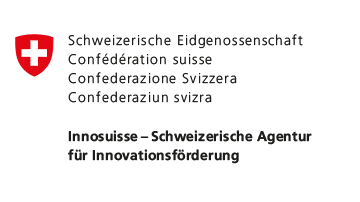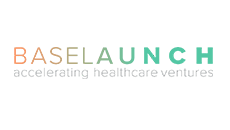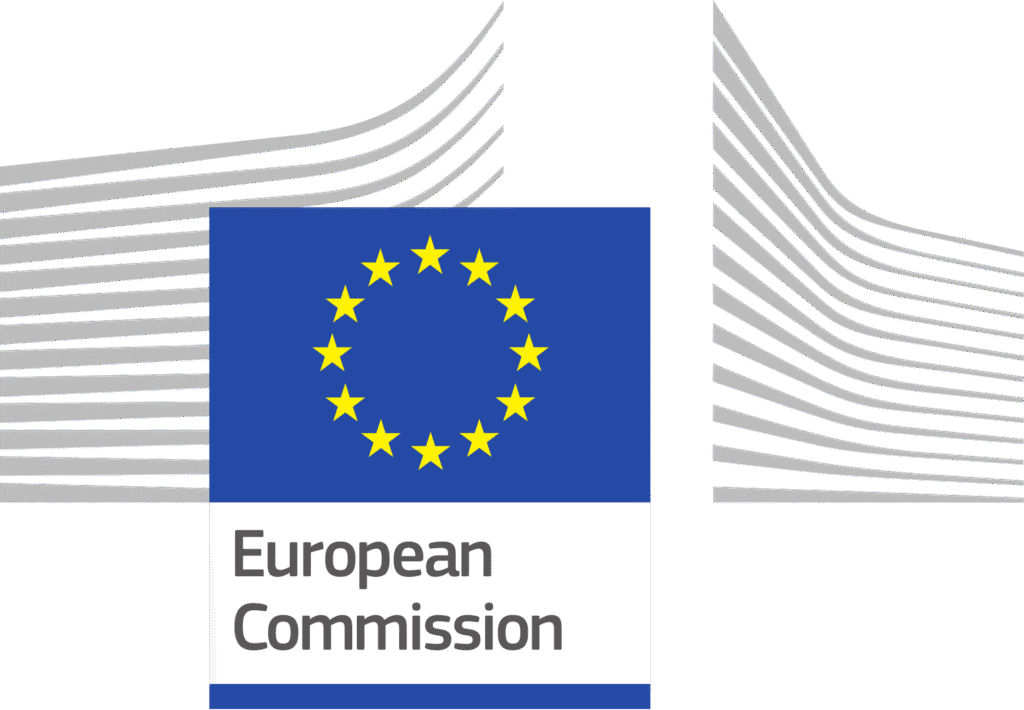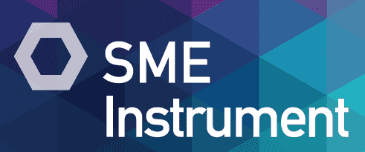INNOVATION
Cure Growing Neurodegeneration
Neurodegenerative conditions are growing rapidly worldwide, imposing huge economic and social burdens.
SunRegen is currently focusing on neurodegenerative eye conditions including photoreceptor degenerative conditions. We have identified a lead compound with impressive neuroprotective and neuro-rescuing effects demonstrated in many cellular and animal models.
The remarkable converging result of the compound strongly encourages its further development, to bring real hope to patients as early as possible.
Unmet medical needs
Retinal neurodegenerative diseases, including but not limited to Retinitis Pigmentosa (RP), Dry Age-Related Macular Degeneration (DAMD), Glaucoma Optic Atrophy (GOA), Primary Optic Atrophy (POA) represent huge unmet medical markets. Currently, there are almost no proven drugs that can effectively treat these diseases. There are 2 million patients with RP, 170 million patients with DAMD, and 7 million patients with OA worldwide. In total, this unmet medical market size is over 1 trillion USD.
Retinitis Pigamentosa
The first sign of RP is usually a loss of night vision, which becomes apparent in childhood. Problems with night vision can make it difficult to navigate in low light. Later, the disease causes blind spots to develop in the side (peripheral) vision. Over time, these blind spots merge to produce tunnel vision. The disease progresses over years or decades to affect central vision, which is needed for detailed tasks such as reading, driving, and recognizing faces. In adulthood, many people with retinitis pigmentosa become legally blind.
Currently, there are approximately 2 million RP patients worldwide. The typical clinical phenomenon of RP indication is apoptosis of photoreceptor cells, which leads to visual impairment and blindness. SunRegen is developing first-in-class drugs to prevent and repair photoreceptor apoptosis through an anti-neuronal apoptosis and neuroprotective mechanism, thereby protecting and repairing visual function.
Dry Age-related Macular Disease (DAMD)
DAMD is a common eye disorder among people over 50. It causes blurred or reduced central vision due to the breaking down of the inner layers of the macula. The macula is the part of the retina that gives the eye clear vision in the direct line of sight.
DAMD is a slow deterioration of the cells of the macula, often over many years, as the retinal cells die off and are not renewed. The term ‘dry’ does not mean the person has dry eyes, just that the condition is not wet AMD. As of 2024, approximately 200 million people worldwide are affected by Age-related Macular Degeneration (AMD). This number is projected to increase to 288 million by 2040 due to aging populations, and 85-90% of AMD patients are DAMD. There is no effective treatment for DAMD. Existing treatments can only improve the symptoms and slow down the disease but cannot completely cure DAMD.
SunRegen is developing innovative drug to prevent and repair photoreceptor apoptosis through an anti-neuronal apoptotic mechanism and improve visual function by enhancing lysosomal scavenger protein aggregation and reducing lipofuscin accumulation.
Optic Atrophy (OA)
Optic atrophy is a disease that affects the function of the optic nerve, resulting in lesions of retinal ganglion cells and their axons, and clinically classified into two main categories: primary and secondary optic atrophy.
Primary Optic Atrophy (POA) is an optic neuropathy that primarily affects the ganglion cells and their axons between the retina and the lateral geniculate body. The main symptoms of primary optic atrophy include reduced vision and a grayish-white or pale optic disc. When the nerve fiber layer around the optic disc is damaged, slit-like or wedge-shaped defects may occur. The number of small blood vessels in the optic disc may be reduced, and the retinal arteries may become thinned and narrowed, or even occluded.
Secondary Optic Atrophy (SOA) is a manifestation of optic nerve damage, which unlike primary optic atrophy, is usually caused by other eye diseases or lesions. Clinically, it is commonly seen in secondary optic atrophy caused by diseases such as glaucoma and diabetic retinopathy. Glaucoma Optic Atrophy (GOA) is very common among later stage glaucoma.
According to Globaldata, there are currently nearly 2 million patients in the United States, China, Japan and 5 Western Europe countries.
Solution
Vehicle
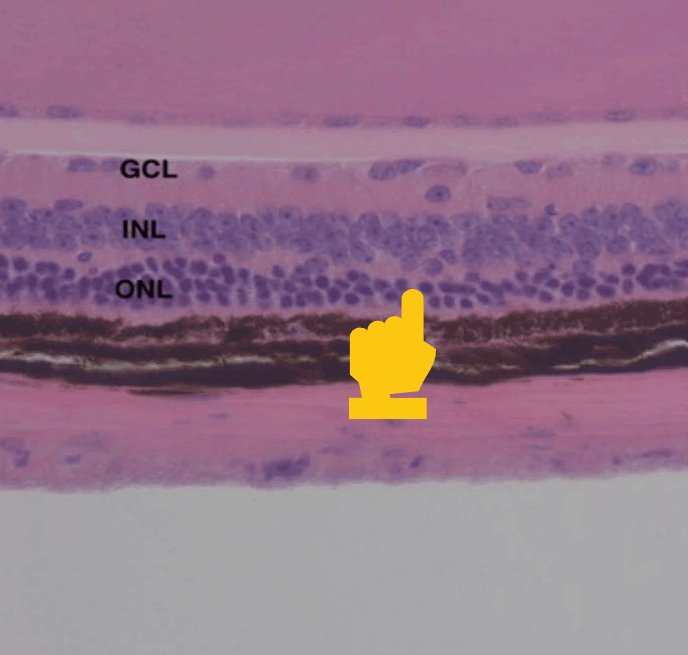
SBC003
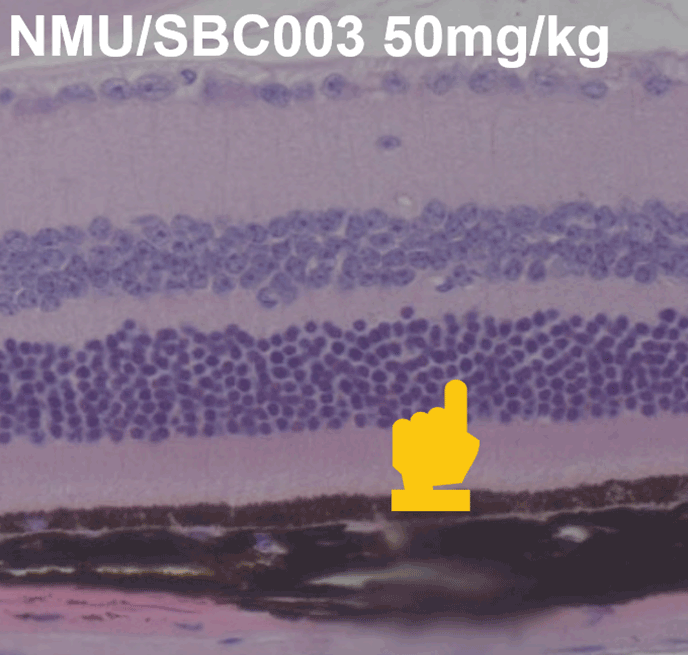
Links to ARVO 2020 Website:
- ARVO abstract online: https://iovs.arvojournals.org/article.aspx?articleid=2769078&resultClick=1
- ARVO Video presentation Link: https://learning.arvo.org/diweb/catalog/launch/media/eid/5194067
SBC003 has also offered an exciting neuroprotective and neurorescuing effect to photoreceptor layers and neuroretina layers in rd10 models with fast photoreceptor degeneration, even when dosed as late as 21 days after birth.
Vehicle
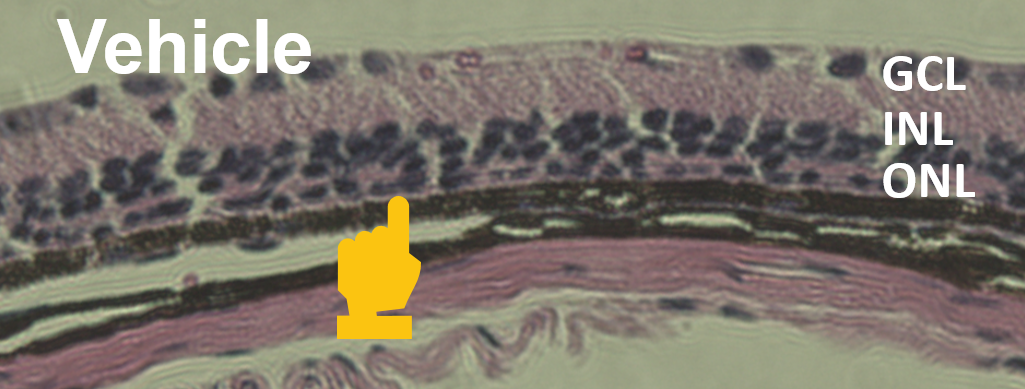
SBC003
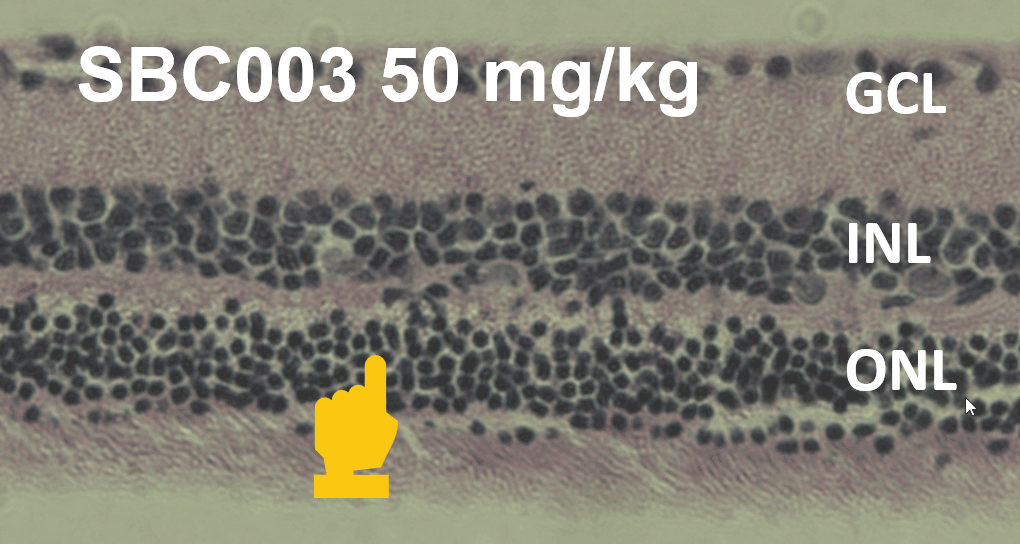
There is currently no cure for neurodegenerative diseases, or even a way to halt their progression. The neuroprotective, neurorescuing and neurotrophic effects of SB003 observed in vitro and in vivo are promising.
In summary, SunRegen is developing drug candidates with the following characteristics:
- Unique neuro-rescuing effects against neuronal apoptosis.
- Strong neuroprotective effects against multiple neurotoxins.
- Strong neurite outgrowth promoting effects
- Predicted with favourable safety and tolerability profile
- With a good uptake by the brain and retina.
Mode of Action
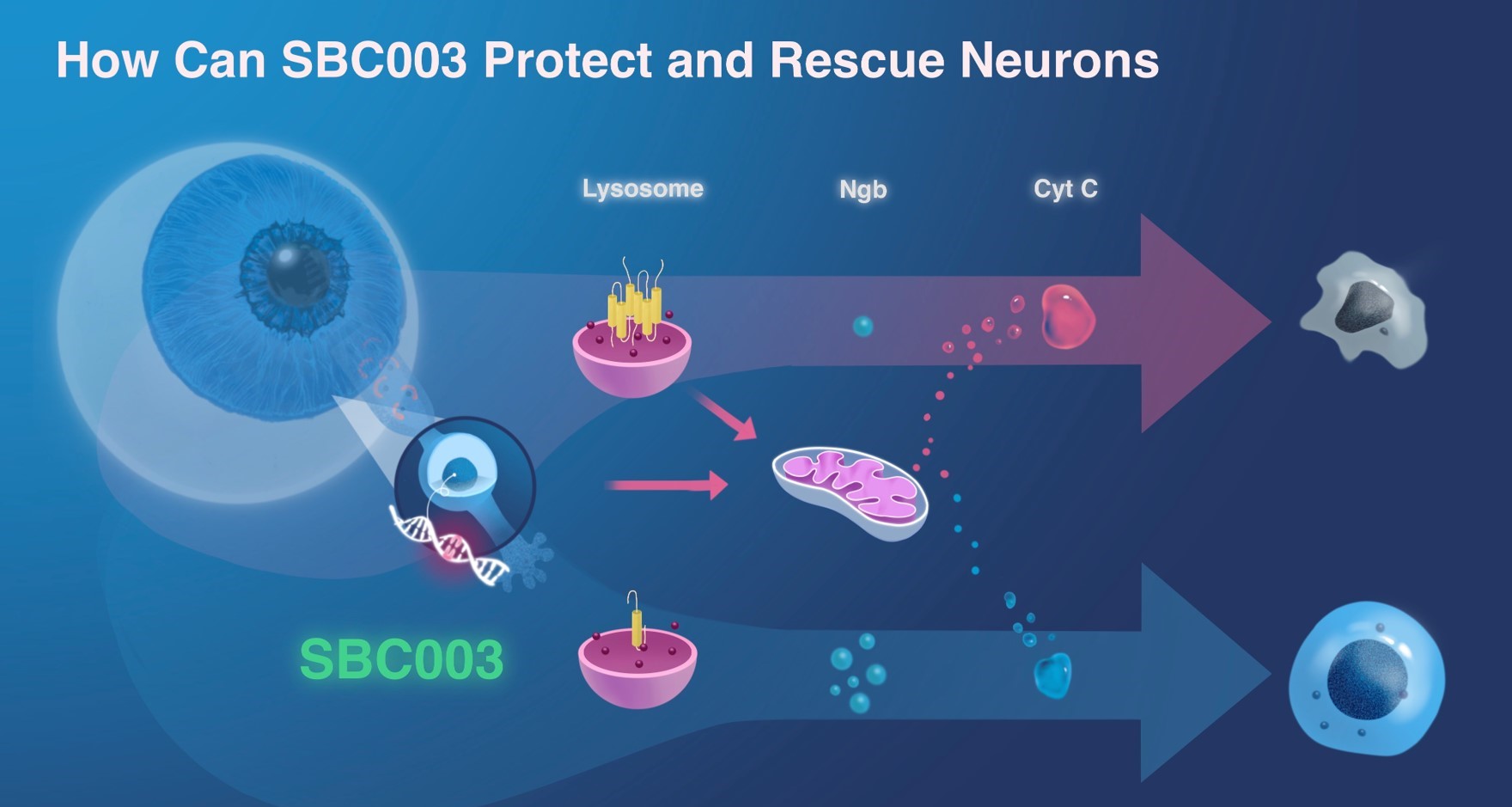
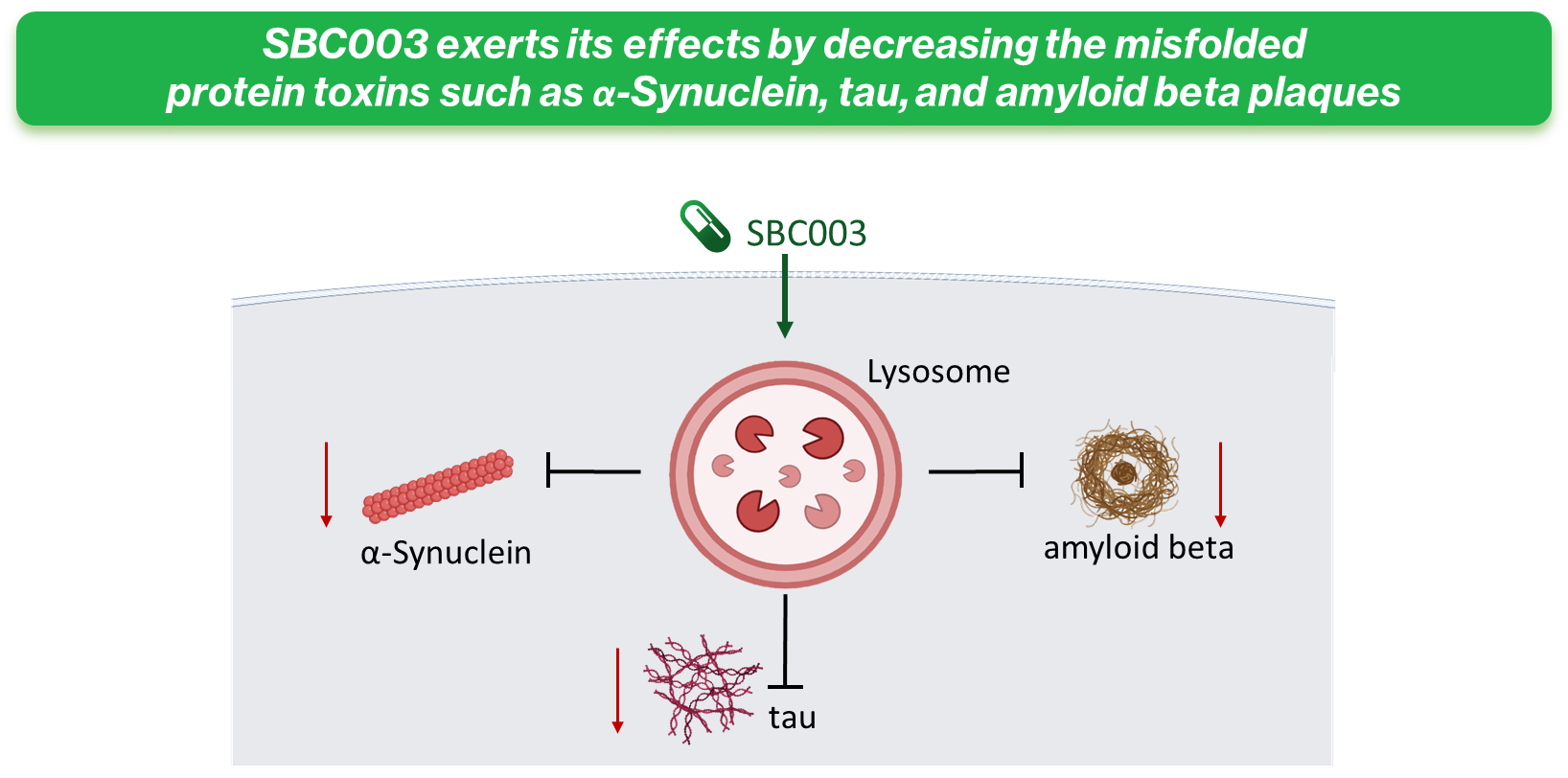
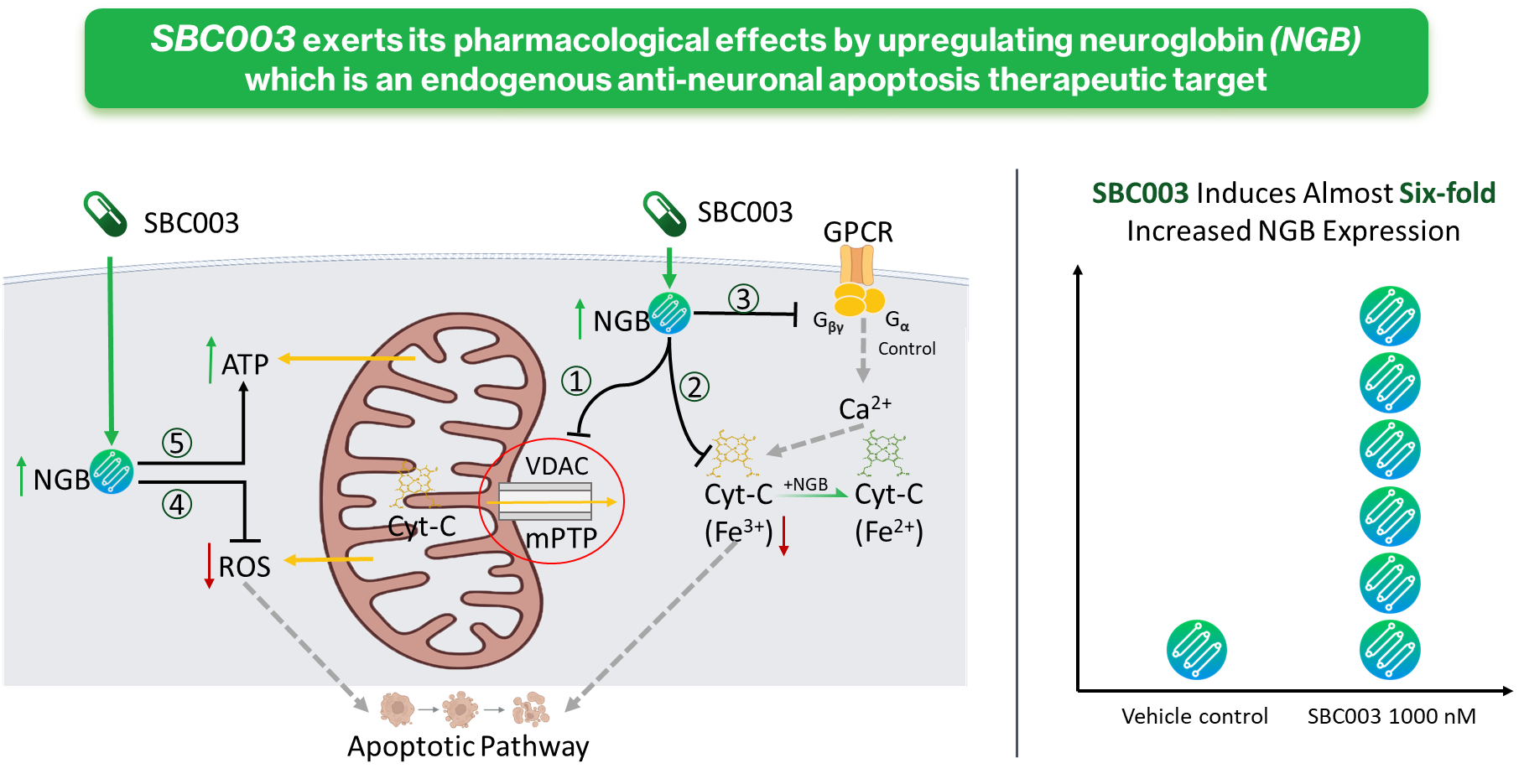
Development Plan
Fast-track RP approval first, then dominate dry AMD and Optical Atrophy. We are developing multiple pipelines surrounding our lead compound, SBC003, and will expand to more treatments for neurodegenerative diseases.



